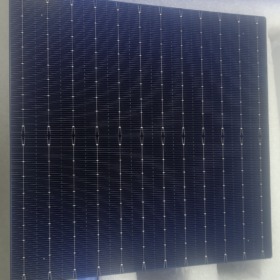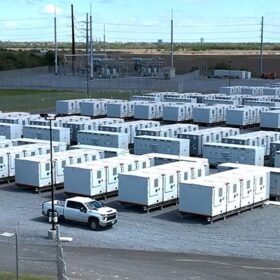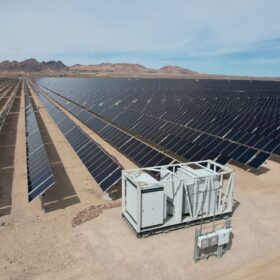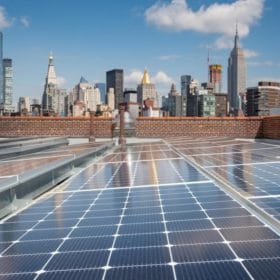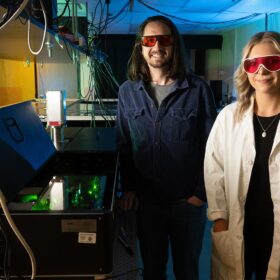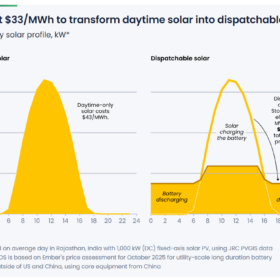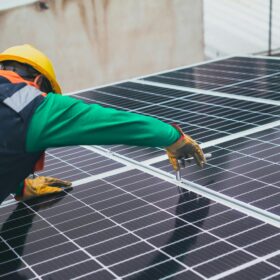Solar testing group warns of degradation risk for TOPCon
The Renewable Energy Test Center (RETC) raised the issue of ultraviolet-induced degradation of the trending technology in its PV Module Index 2022.
Big PV plants may have positive climate impact in deserts, say researchers
Chinese researchers have discovered that solar plants might reduce evaporation and wind speeds in the Gobi Desert, while also increasing soil relative humidity, according to a series of simulations with different emission scenarios.
Oregon utility’s IRP calls for 400 MW energy storage development
The 400 MW nameplate capacity projects can provide enough clean power for 260,000 homes at four-hour intervals during peak power usage times such as weeknights from 5 p.m. to 9 p.m.
Permitting, grid resiliency and fusion energy are top of mind at BNEF Summit
The 2023 BloombergNEF Summit focused on grid innovations, climate change and renewable energy technology and saw in excess of 800 attendees turn out in person and on a live webcast, with about 26 corporate sponsors.
50 states of solar incentives: Nevada
The state of Nevada is home to several of the largest utility-scale solar projects in the U.S., while coal retirements in the region have spurred additional solar-plus-storage developments in the Silver State in recent years.
Oregon’s largest solar farm at 205 MW comes online
The 162 MWac (205 MWdc) former Montague Solar Farm, developed by Avangrid, will power Portland General Electric’s (PGE) Green Future Impact customers.
Solar for dryland soil health
Biocrusts are microbe-rich deposits in soil that are crucial to ecosystem sustainability in arid environments. Researchers are restoring biocrusts with the help of shade from solar.
Con Edison sustainability report highlights 3 GW of renewables deployments
The utility’s 2022 report highlights milestones the New York company is making to procure distributed solar, storage, energy storage resources, EV charging and heat pumps in the coming decade, as it strives to become fully net zero by 2040.
Researchers look beyond silicon to potentially double solar cell efficiency
A team at Colorado State University proposes making thin-film solar cells from naturally abundant molybdenum disulfide.
DOE commits $250 million to domestic heat pump manufacturing
The new funding, governed by the Inflation Reduction Act, is to be used to build a clean energy economy, create new manufacturing jobs and helping families save money on their energy bills.
